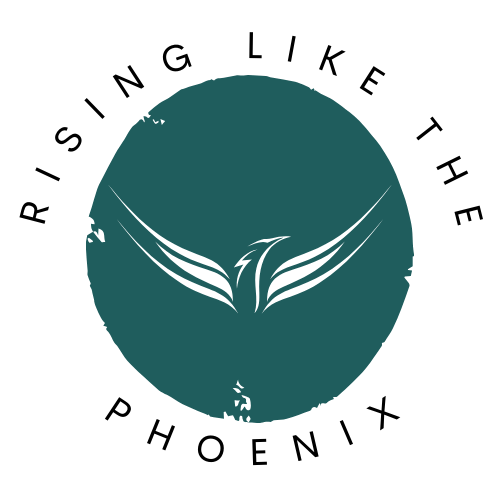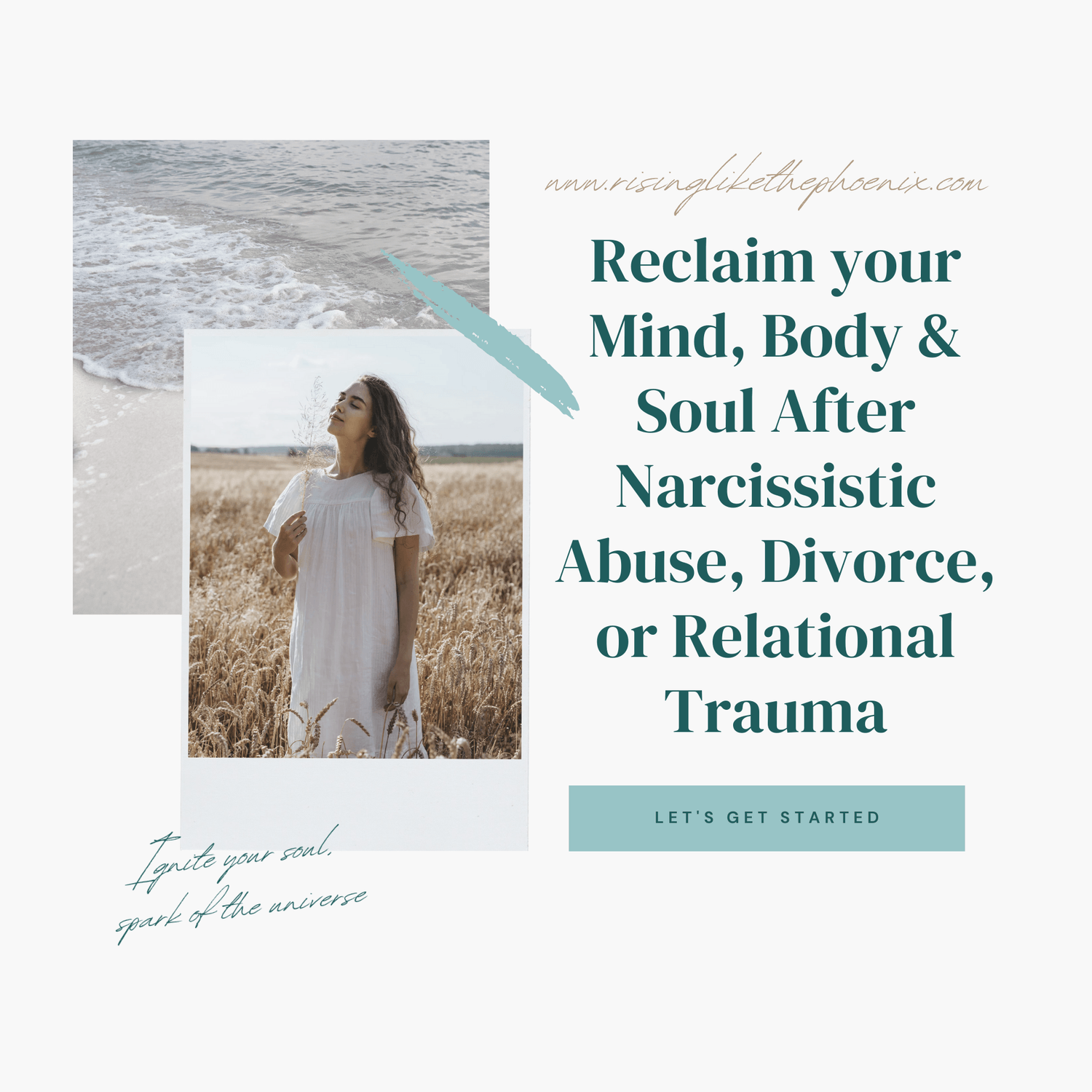7 Signs You’re Healing From Narcissistic Abuse (Even If It Doesn’t Feel Like It)
How to Know You’re Healing from Narcissistic Abuse
It’s very difficult to know you’re healing from narcissistic abuse, because it is such a painful experience that keeps on recurring. If you’ve walked away from a toxic or emotionally abusive relationship, you’ve already taken one of the bravest steps you’ll ever take. But healing from narcissistic abuse isn’t always a straight line, and sometimes, it doesn’t feel like healing at all.
You might cry more. You might feel lonelier than ever. You might doubt your progress entirely.
Here’s the truth: Healing from narcissistic abuse often looks messier than the glossy “self-love” narratives you see online. The signs of recovery are subtle, emotional, and at times, counterintuitive. In this blog, we’ll explore how to recognize the real signs you’re healing, even if it doesn’t feel like it in the moment.
What Does Healing from Narcissistic Abuse Really Look Like?
Before we jump into the signs, let’s acknowledge something important: healing isn’t about perfection. It’s about progress. It's not linear. It comes in waves.
If you're on the other side of a narcissistic relationship, be it a romantic partner, parent, or boss, you may still be dealing with self-doubt, anxiety, or grief. That doesn’t mean you’re broken. It means you're human.
1. You Start to Question Their Narrative
For a long time, you believed what they told you:
That you were too sensitive.
That everything was your fault.
That you couldn’t survive without them.
Now? You’re starting to question those lies. Even if doubt still lingers, you're slowly rewriting the story and putting yourself back at the center.
Healing milestone: You recognize gaslighting for what it was.
2. You Prioritize Peace Over Drama
Narcissistic abuse thrives on chaos, emotional rollercoasters, constant conflict, and unpredictable highs and lows.
One day, you notice that you no longer crave the intensity. Instead, you protect your peace like it’s sacred.
Maybe you cancel plans that feel overwhelming. Maybe you mute toxic group chats. Maybe silence feels safer than drama.
Healing milestone: Peace feels unfamiliar… but welcome.
3. You Feel Your Feelings (Instead of Numbing Them)

After narcissistic trauma, many survivors learn to numb out through overwork, over giving, and overthinking.
So when you find yourself crying for “no reason” or feeling unexpected anger, it might seem like a regression.
It’s not. It’s progress.
You’re no longer suppressing. You’re processing. Feeling your emotions means you’re finally safe enough to do so.
Healing milestone: You cry, and you don’t apologize for it.
4. You Set Boundaries (Even If You Shake Doing It)
One of the clearest signs of recovery from narcissistic abuse? You stop over-explaining.
Whether it's telling your mother, “I won’t be discussing that topic again,” or letting an ex know you won’t respond unless it’s about shared responsibilities, you’re setting boundaries.
You might still feel shaky. But you’re doing it. And that matters.
Healing milestone: You start saying “no” without drowning in guilt.
5. You Stop Trying to “Fix” Other People
In toxic dynamics, especially with narcissists, you often played the role of the caretaker or the peacekeeper.
But healing means realizing: you’re not responsible for saving anyone, not your ex, your friend, or even your family.
You step back. You choose yourself. You offer support without self-sacrifice.
Healing milestone: You no longer see people as “projects.”
6. You Honour Your Body’s Signals.
After trauma, your nervous system is often on high alert. You may have ignored exhaustion, gut issues, and insomnia.
Now, your body is your compass.
You cancel when you’re tired. You eat when you’re hungry. You rest when you need it. You treat yourself with compassion, not punishment.
Healing milestone: Your body feels less like a battlefield and more like a home.
7. You Reconnect with Joy (Even in Tiny Doses)
It might come in whispers: a laugh that surprises you. A sunset that moves you. A dance in your kitchen that feels strangely liberating.
These are the green shoots of joy. And they matter.
Joy is one of the most radical signs that you’re no longer living in emotional survival mode.
Healing milestone: You smile, for no one but yourself.]

What If You Don’t Feel “Healed” Yet?
That’s okay. Healing from narcissistic abuse isn’t about reaching some perfect, “whole” version of yourself. It’s about coming back to yourself, a little more each day.
If you’re reading this, you’re likely already on your way.
Frequently Asked Questions (FAQ)
There’s no set timeline. Healing depends on many factors, including the length of the relationship, your support system, and your access to resources. Most people experience waves, some days will feel strong, others fragile. That’s normal.
Improved sleep, reduced anxiety symptoms, decreased inflammation or chronic pain, and better digestion are all signs your nervous system is calming down. As your emotional trauma heals, the body often follows.
It’s common to miss the version of the person they pretended to be. Focus on facts, not feelings. Journaling, therapy, and trauma-informed support can help shift your perspective over time.
If it’s safe and possible, no contact is the most effective way to reclaim your peace. If not, consider low-contact strategies like the “Grey Rock” or “Civil Connect” method.
Yes. Healing doesn’t mean forgetting; it means being able to look back without breaking down. You can feel safe, joyful, and whole again. And you will.
Final Words
Healing from narcissistic abuse is a quiet revolution. It happens in journal entries, long baths, tearful voice notes, and brave “no’s.” It happens when you finally start believing you deserve more.
And trust me, you do.
Diane
5 Steps to Reclaim Your Life
A practical guide to reclaiming your confidence, setting boundaries, and moving forward—without second-guessing yourself.

Hi, I’m Diane – and I’m so glad you’re here
Diane is the author of A Girlfriend’s Guide to the Other Side: Reclaim Your Mind, Body, and Soul After Narcissistic Abuse, Divorce, or Relational Trauma.
After surviving the wreckage of a controlling relationship that stripped her identity, she turned her pain into purpose. Through her book, course, and community, Diane now guides women on the journey of rebuilding self-worth, setting healthy boundaries, and reclaiming their lives.
Her mission is simple: to remind every woman that healing is possible, and that your future can be brighter than your past.
Categories
Rise Weekly Newsletter
Because healing isn’t just about surviving, it’s about rising. Rise Weekly delivers empowering insights, gentle reminders, and soulful tools to help you reclaim your strength, set powerful boundaries, and rebuild a life that feels like you. If you're ready to rise above trauma and step into your next chapter with clarity and courage - this is your space.
Created by © Suzanne Startari with systeme.io





